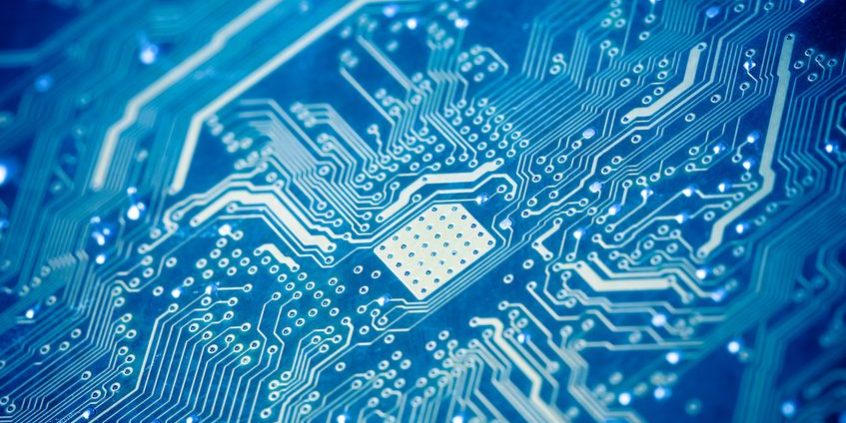These days, most pieces of technology include at least one printed circuit board. They are one of the most innovative inventions of the last century and are of great interest to those who are drawn towards electronic technician certification. A complex invention, not only do printed circuits interconnect components through conductors routed with vias and traces, they also provide electrical insulation between conductors in different circuit nodes and potentials. They’ve played a role in everything from communications to military applications. Here are four significant events in the history of the PCB.
1. Early Circuit Board Invented by Albert Hanson
Albert Hanson filed a patent for a primitive circuit board in 1903 that was meant to streamline telephone exchange boards. There were conductive, flat pieces of foil attached to the wires which were bonded to a flat surface made of something like paraffin paper. While crude compared to today’s boards, Hanson’s board did include through-hole construction and conductors on both sides just like the modern versions. It’s considered one of the original circuit inventions.
2. Printed Wires Invented by Charles Ducas
Another technological advancement in circuitry happened in 1927 when Charles Ducas patented printed wiring. This circuit method positioned an electronic path onto an insulated surface by printing wires directly onto the board using a stencil and conducting electricity through the ink. It’s considered one of the very first versions of electroplating. Ducas also predicted that the future would bring multilayer circuit boards created by connecting several boards together, like those we work with during electronics technician training.
3. First Printed Circuit Board Invented by Paul Eisler
During World War II, Paul Eisler is credited with creating the first printed circuit board. Eisler had an engineering degree but worked in printing. He used the melding of these two processes to invent electronic circuits printed on boards instead of having to hand-solder each wire. After many hardships, Eisler showed his circuit board idea to a music printing company he worked for and they invested in the invention. The PCBs were used in small radio sets for the British and American military during the war, and the US military also incorporated them into anti-aircraft shells.
4. Auto-Assembly Process Invented by the US Army
After the second World War, printed circuit boards became widely used in consumer electronics in addition to their military and communications applications. This was made possible when the US Army developed the auto-assembly process which sped up circuit board creation. They copied the copper pattern of printed wires onto a zinc plate and used it as a model for printing additional copies of the board, then attached the other components and dipped the board in molten solder to connect the leads. It made for much faster assembly compared to previous processes and made it possible to expand the use of circuit boards into products we work on today after electronic technician certification.
Printed circuit boards are a complex invention that have taken off in the last century and our gadget-obsessed society would be nothing without them. To be a part of this revolution, contact Blackfox about electronics technician training. You can help build these boards to create a brighter tomorrow!






